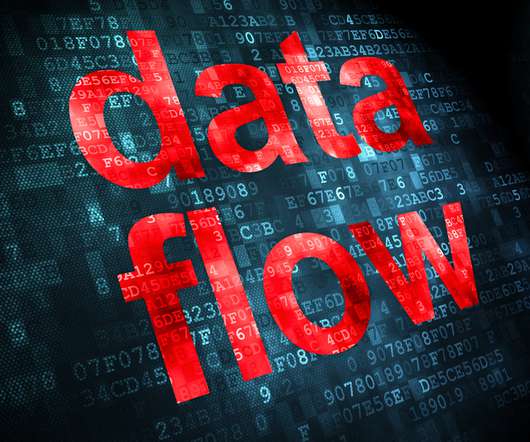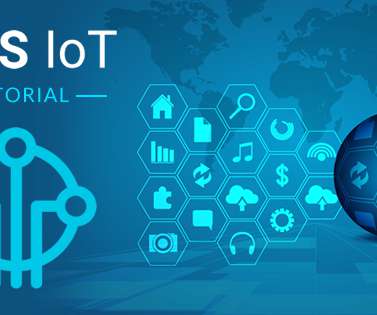How Data Flow Works In MQ Telemetry Transport (MQTT)
Smart Data Collective
AUGUST 30, 2022
An Overview Of MQTT. Their ability to communicate with each other is made possible by a messaging technology called Message Queueing Telemetry Transport (MQTT). The MQTT messaging protocol was created in 1999 by IBM’s Andy Clark and Eurotech’s Arlen Nipper. The MQTT is designed to work in low-bandwidth networks.













Let's personalize your content